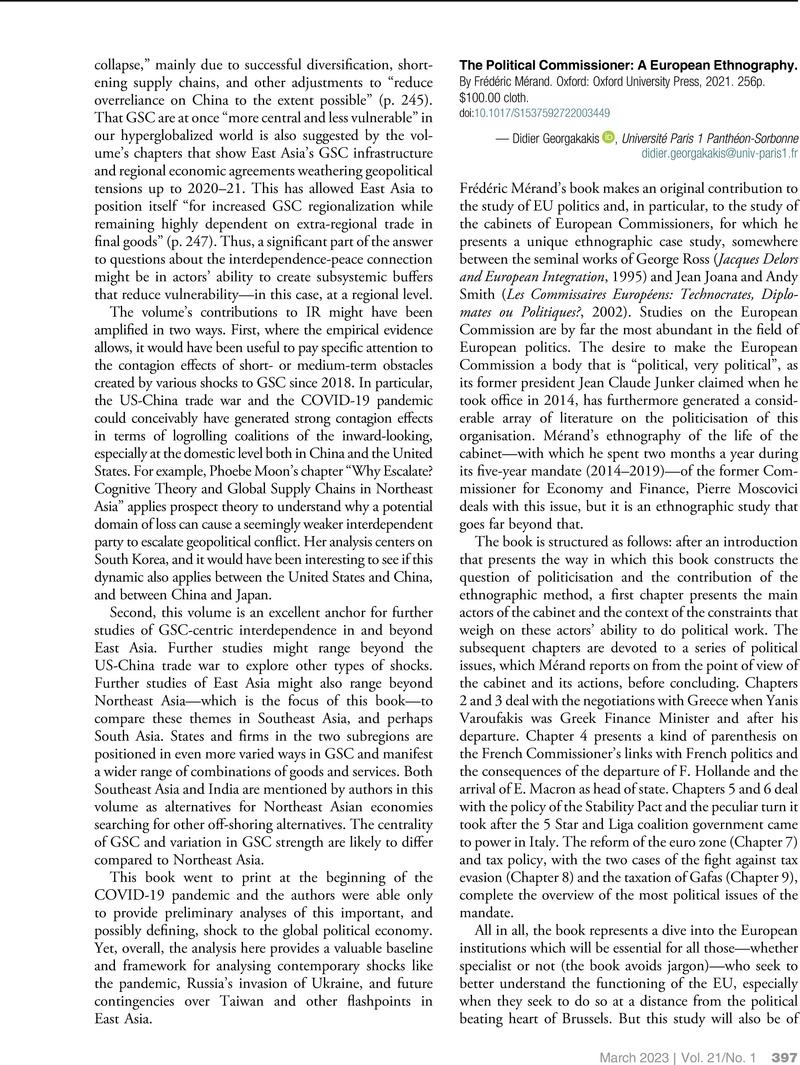Crossref Citations
This article has been cited by the following publications. This list is generated based on data provided by Crossref.
Georgakakis, Didier
2023.
Frédéric Mérand, Un sociologue à la Commission européenne , Paris, Presses de Sciences po, 2021..
Politique européenne,
Vol. 80,
Issue. 2,
p.
88.



